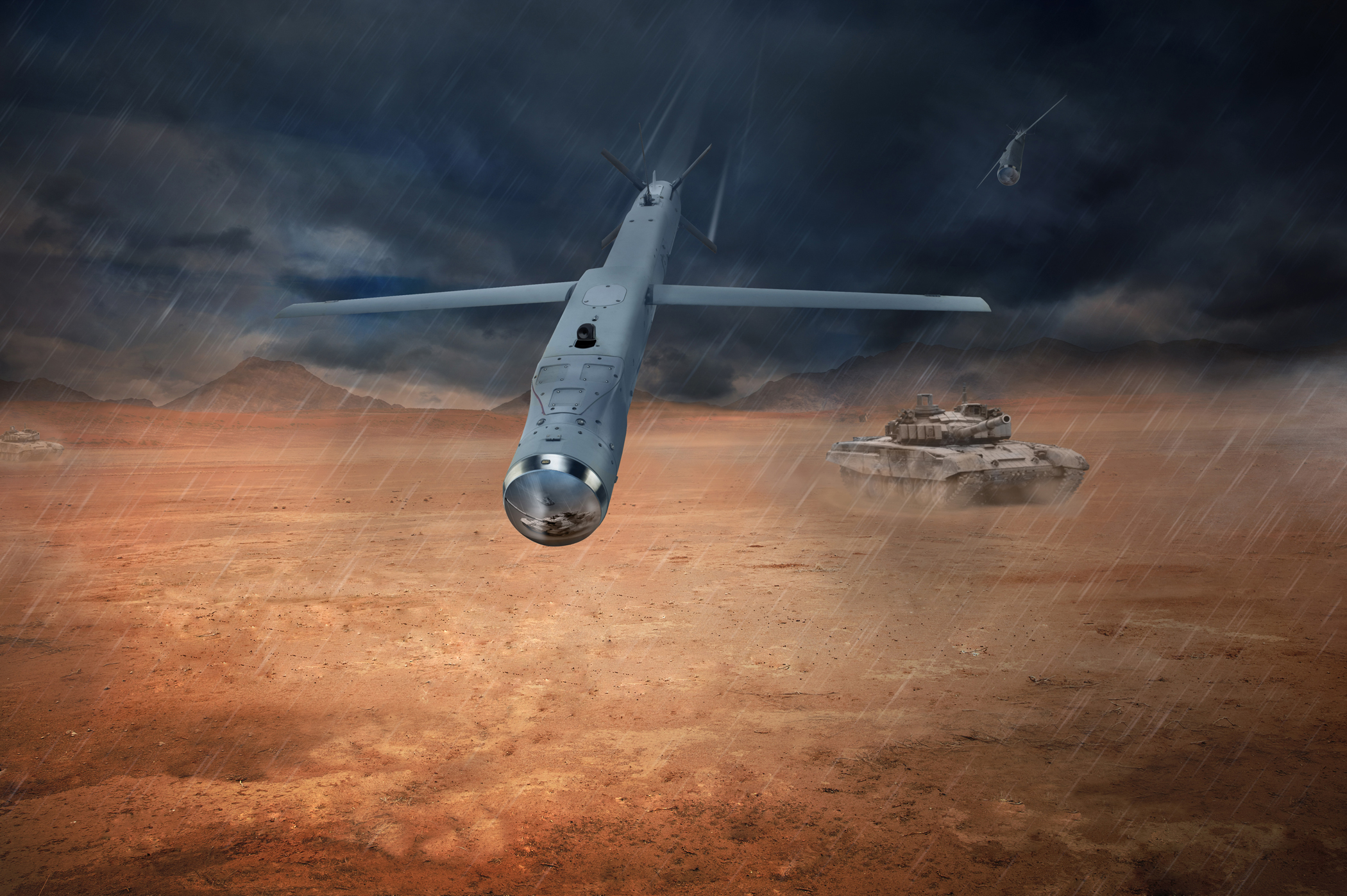Raytheon, Tucson, Arizona, has been awarded a $344,619,301 modification (P00004) to previously awarded contract FA8681-23-C-B001 for StormBreaker® (SDBII, GBU-53/B) Production Lot 10, for additional all up rounds, containers and trainers. Work will be performed in Tucson, Arizona, and is expected to be completed by Aug. 30, 2028. This contract involves Foreign Military Sales (FMS) to Norway, Germany, Italy and Finland. Fiscal 2023 Air Force procurement missile funding in the amount of $101,394,424; fiscal 2024 Air Force procurement missile funding in the amount of $183,097,105; fiscal 2024 Navy procurement weapons funding in the amount of $58,009,800; and FMS funding in the amount of $2,117,972 are being obligated at the time of award. The U.S. Air Force Life Cycle Management Center, Eglin Air Force Base, Florida, is the contracting activity.
The GBU-53/B StormBreaker, previously known as the Small Diameter Bomb II, is an American air-launched, precision-guided glide bomb. Development was started in 2006 for a 250 pounds (113 kg) class bomb that can identify and strike mobile targets from standoff distances in all weather conditions. It is integrated on the F-15E Strike Eagle and F/A-18 Hornet and will be integrated into the F-35 Lightning fighter. Its first flight was announced on May 1, 2009. A contract to start low rate initial production was awarded to Raytheon in June 2015. The bomb is developed and manufactured by Raytheon. A Boeing/Lockheed Martin team attempted to develop it but lost in a U.S. Air Force competition. Boeing won the original competition but the project was on hold for several years due to a corruption scandal involving Darleen Druyun. The competition was reopened in September 2005.

The bomb can use GPS/INS to guide itself into the general vicinity of a moving target during the initial search phase, with course correction updates provided using a Link 16 over UHF data link. The bomb has three modes of target acquisition: millimeter-wave radar, infrared homing using an uncooled imaging seeker, and semi-active laser homing. The weapon is capable of fusing the information from the sensors to classify the target and can prioritize certain types of targets as desired when used in semi-autonomous mode. The shaped charge warhead in the bomb has both blast and fragmentation effects, which makes it effective against infantry, armor (including MBTs), unhardened structures and buildings, as well as patrol craft sized boats and other soft targets. The bomb would be the first purpose-built no-drive zone enforcement weapon.
The use of uncooled imaging infrared has been cited as innovative and effective in reducing costs. An important feature of the new weapon is maximizing the number of bombs carried by the strike aircraft. A total of 28 GBU-53/B can be carried by the F-15E Strike Eagle using seven BRU-61/A suspension units, each carrying four bombs. Eight bombs along with two AIM-120 AMRAAM missiles can be carried in the weapons bay of the F-22 Raptor or the F-35 Lightning II (even the STOVL F-35B).[13] The F-35 will not be able to operate the bomb until the aircraft receives the Block 4 software package in 2022. The SDB II bomb rack originally did not fit inside the smaller F-35B weapons bay. A modification will be provided to coincide with the software package.[14] An F-35 can carry 24 total bombs, 8 internally and 16 externally.













